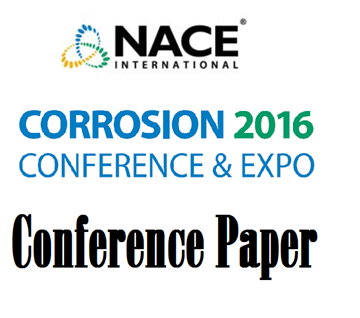Search
97012 THE ROLE OF ENVIRONMENTAL AND METALLURGICAL VARIABLES ON THE RESISTANCE OF DUPLEX STAINLESS STEELS TO SULPHIDE SCC
Also Purchased
97041 EFFECT OF COLD WORKING ON SSC RESISTANCE OF CARBON AND LOW ALLOY STEELS - A REVIEW
Product Number:
51300-97041-SG
ISBN:
97041 1997 CP
$20.00
51316-7325-Investigation of the Stress Corrosion Cracking Behavior of Duplex and Lean Duplex Stainless Steel Parent and Weldment Materials in Sour Service
Product Number:
51316-7325-SG
ISBN:
7325 2016 CP
Publication Date:
2016
$20.00




